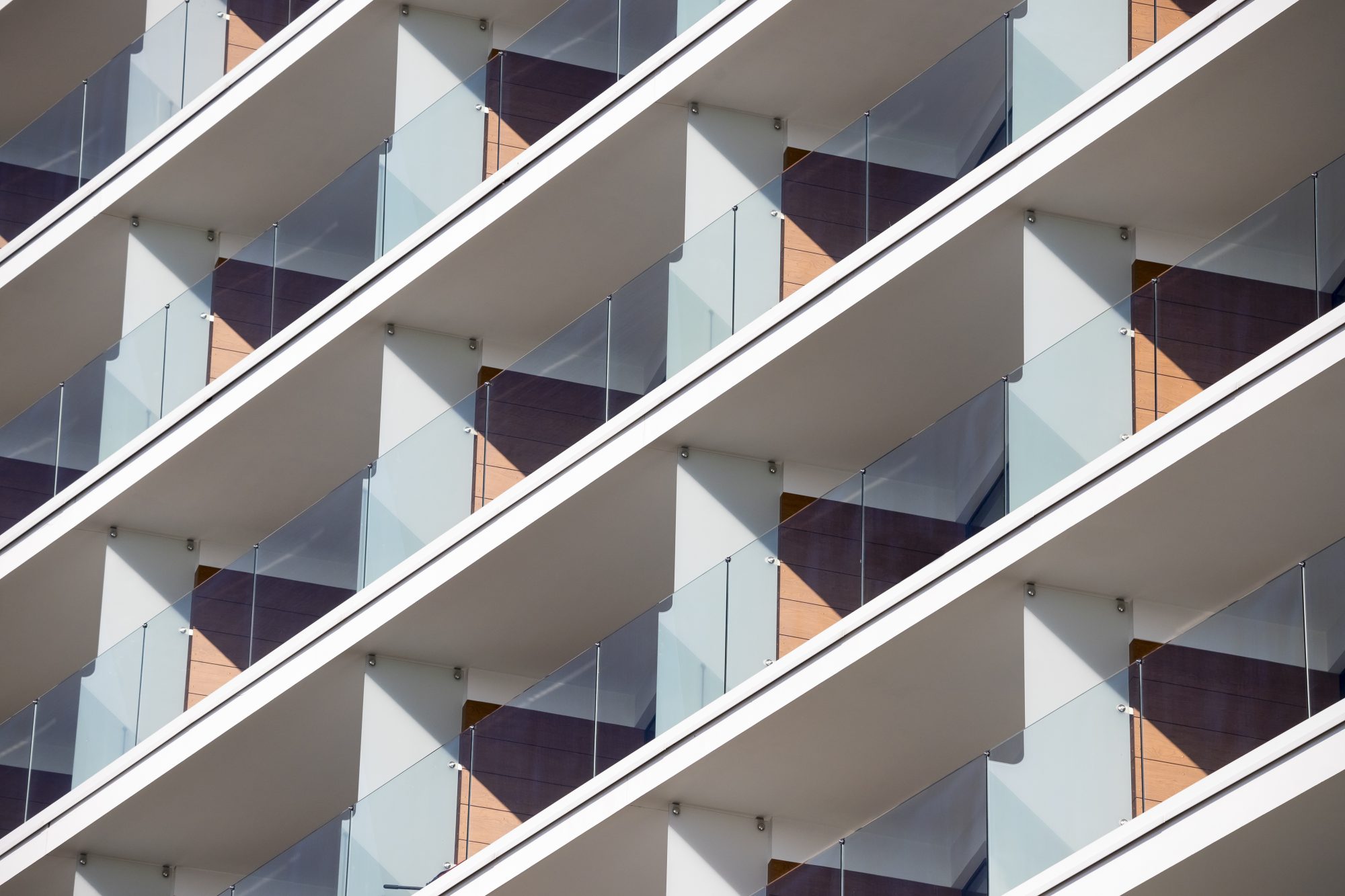With the introduction of the Building Safety Act 2022, there is a concern that we may see a slowdown in the design conception of innovative façades, argues Dale Middleton, senior project manager, DeSimone Consulting Engineering
This slowdown could result in the delivery of many buildings with façades that could be described as ‘template’ or ‘vanilla’ in design merit.
Undeniably, there is more than one reason why façades aren’t being designed like they used to be. The ongoing construction material shortage has created additional constraints on designs, forcing architects to work with less desirable and perhaps cheaper materials.
Some strong examples of well-designed facades we should be aiming towards include:
- 6 Pancras Square in Kings Cross
- Google’s office building
- Paddington Square in West London
- Welbeck Street carpark in Marylebone.
These types of facades highlight how well-designed facades can become a landmark for the surrounding area.
New building safety regulations do not have to hinder well-designed façades
Architects do not have to sacrifice design at the expense of new regulations – façade consultants can step in to help.
Involving façade specialists can ensure that new regulations introduced by the Building Safety Act do not hinder architects from creating unique and well-designed façades.
When engaged at an early stage in a building design project, façade consultants ensure the design & specification of all materials follow the regulations whilst achieving the aesthetical proposal from the architect.
Each element within an external wall – from the cladding materials through to the internal plasterboard layer – must meet Euroclass A1 non-combustible or A2 limited combustibility unless exempt under Section 7 of approved document B.
However, this should not hinder the creativity of the façade as many aesthetic materials achieve this rating.
One of the limitations we are seeing is based on what cavity depths fire barrier systems are tested to.
Façade designers are continually facing challenges in providing fire-stopping methods that meet regulations set out in the Approved Documents Part B and have passed the ASFP TGD19 Test.
More diverse use of materials is needed in line with regulations
More diversification is also needed when it comes to the use of materials. Stone, glass fibre reinforced concrete, concrete, terracotta, aluminium, stainless steel and curtain walling systems can be used and can be used safely and in line with regulations.
These materials are simple to use but can achieve complex geometry, which can create unique and innovative facades when used creatively.
Façade consultants utilise their expertise, ensuring specifications are followed from the outset right through to the completion of the building, advising the architect on strategies to comply with regulations while not compromising on vision.
Consultants can also ensure that all of the design aspects are correct and followed throughout the process, ensuring that the correct guidance is being followed throughout the project, helping to avoid any surprises further down the line.
Maintaining a Golden Thread when creating façades
Documentation is another crucial area where façade consultants can become instrumental to the success of a project.
The Building Safety Act states a requirement for maintaining a ‘Golden Thread’ of information when it comes to the creation of façades. This golden thread ensures that key planning details are available to all parties involved in the management and safety of the building.
Façade consultants can help ensure all correct documentation is in place, monitored, and updated to enable this clear exchange of information amongst all parties.
As the built environment continues to get its head around the Building Safety Act, we will hopefully see more architecture and design practices collaborate with façade consultants to deliver innovative façade designs that push the envelope, creating beautiful backdrops for our UK towns and cities.
Dale Middleton

Senior Project Manager
DeSimone Consulting Engineering



![[VIDEO] Making DorTrak reports easy to read with Fireco Inspecting fire doors at Fireco, firedoor technology, 2023](https://www.pbctoday.co.uk/news/wp-content/uploads/2024/04/JPZ_2364-web-218x150.jpg)
![[VIDEO] Re-flow Field Management review by Traffic Management Installations When TMI began subcontracting for councils and government bodies, they wanted to present their site reporting in a more professional manner](https://www.pbctoday.co.uk/news/wp-content/uploads/2025/03/TMI-Media-1-218x150.png)









